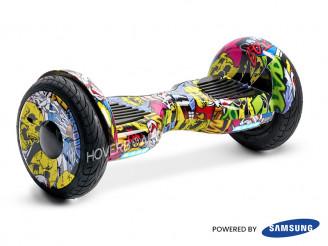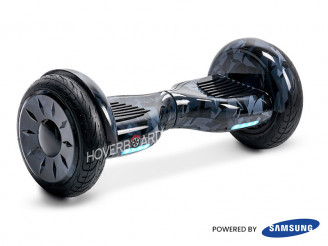A Segway is a type of self-stabilising personal mobility device, created by Dean Kamen and introduced in 2001. It is composed of a platform supported by two wheels and driven by electric motors. The Segway hoverboard enables the user to remain standing while maneuvering the gadget through handlebars and a collection of gyroscopic sensors that sense changes in the user's equilibrium.
Key features of a Segway include:
- Self-Balancing Technology: The Segway employs sophisticated gyroscopic and tilt sensors to automatically keep its balance. This allows users to operate the device by leaning forward to speed up, leaning backward to decelerate or go in reverse, and by twisting the handlebars for steering.
- Electric Propulsion: Segways operate on rechargeable lithium-ion batteries that fuel the electric motors situated in the wheels. The range and maximum speed of Segways can vary based on the model.
- Design and Variants: Segways are available in a range of models and setups, encompassing versions for individual use, business purposes (such as guided tours or security rounds), and off-road editions with bigger wheels suitable for uneven landscapes.
- Applications: Segways serve multiple functions, such as personal commuting or recreational use, conducting guided city or park tours, security surveillance in expansive venues, and are even utilized by police departments in certain areas.
- Safety and Regulations: Using a Segway generally necessitates understanding how to balance and manage the gadget effectively. Rules about Segway usage differ across countries and regions, with some permitting their use on pavements and walkways but prohibiting them on roads or specific public areas.
In general, Segway hoverboard are recognised for their user-friendly functionality and adaptability, offering a handy and environmentally friendly means of individual transport for short to medium-range distances.

























